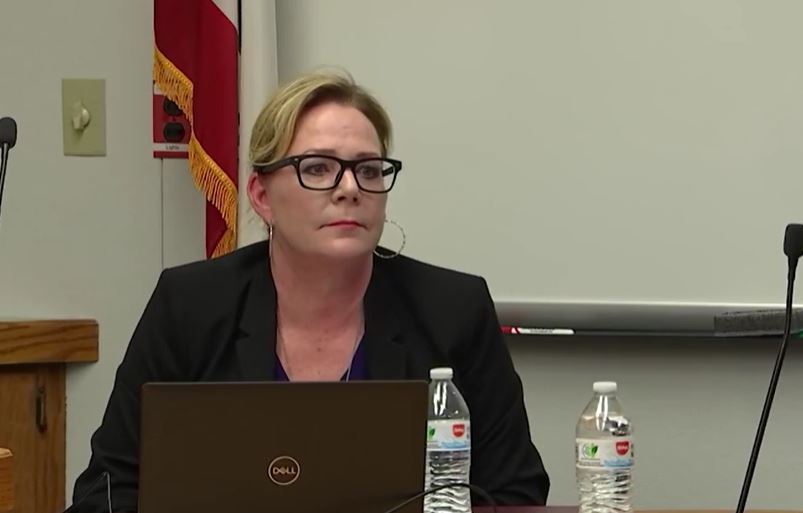A device stalling the morning commutes of thousands in the East Bay is difficult to pronounce, smaller than a coffee cup lid, on backorder for months and costs $1,000 apiece.
BART needs 100 of these thyristors (THIGH-rih-sters) at a total cost of $100,000. BART engineers said it could take 22 weeks to ship them to the San Francisco Bay Area to replace in BART’s "C" cars, which make up the older cars in the fleet. Right now, the agency has none.
BART spokesman Jim Allison said on Friday that crews are now cannibilizing eight cars to distribute their used parts to about 30 to 40 cars to get them back on track "as soon as possible," though he couldn't say when.
In lights, thyristors are the devices that dim the brightness level. In trains, thyristors are what controls the power of the trains through the accelerator pedals. The first thyristors were released commercially in 1956.
BART buys its thyristors from Bombardier Inc. in Quebec, the same company that is building BART's new fleet of 775 trains. But the devices are actually made at Powerex in Plattsburgh, New York, Bombardier Mary Anne Roberts said.
Allison said that each BART train uses five thyristors per train, but the agency only needs two per train as those were the ones damaged near the brakes.
BART had an order in for thyristors long before the problems surfaced, Allison said, and the order was supposed to be filled in August. Now, with the current situation, Allison said BART is working with the company to get the order filled faster. How fast they can be made and shipped has not been made clear.
The thyristor situation was first explained on Thursday, when BART officials gave a rare look into the agency’s Concord maintenance warehouse. They were trying to explain why BART had to shutter service — for the third consecutive day on Friday — between the North Concord and Pittsburg/Bay Point stations in Contra Costa County.
"Not everyone makes them," BART Chief Mechanical Officer Dave Hardt said, holding up the tiny piece of plastic and metal in front of a bank of cameras training their lenses on the rare device.
On Friday, buses resumed taking frustrated passengers the six miles from North Concord/Martinez station, where riders could then hop on BART and take shorter, more crowded trains throughout the rest of the Bay Area. BART spokeswoman Alicia Trost said the agency hopes to get at least some BART trains working between these two stations before the new thyristors are received. But she could give no specifics on a timeline.
Beginning Wednesday morning, a total of 50 BART trains were damaged when the equipment failed during a mystifying power surge on a stretch of track along Highway 4, just east of the Willow Pass near the Pittsburg hills.
Local
When the cars passed over this stretch of track, instead of delivering 1,000 volts of electricity, the third rail spiked to 2,000 volts, Hardt said. Thyristors are used elsewhere but more modern transit systems require only 600 to 800 volts of electricity to power the newer trains, Allison said. BART's thyristors run on 1,000 volts because that's the technology that was available when they were made.
Why two power surges have occurred since the end of February is mystifying engineers and experts who have flown into help.
But what is known is this: BART's fleet is four decades old, and the agency has long been after more funding. Talks of putting a $3 billion ballot measure on the November ballot are now gaining more traction as BART has suffered two unexplained power surges, damaging a total of 130 trains.
Allison said BART will eventually need more than 100 thyristors to fix all the affected trains.
Of the thyroister damage caused by the two power surges, Allison said: "The symptoms are identical."



